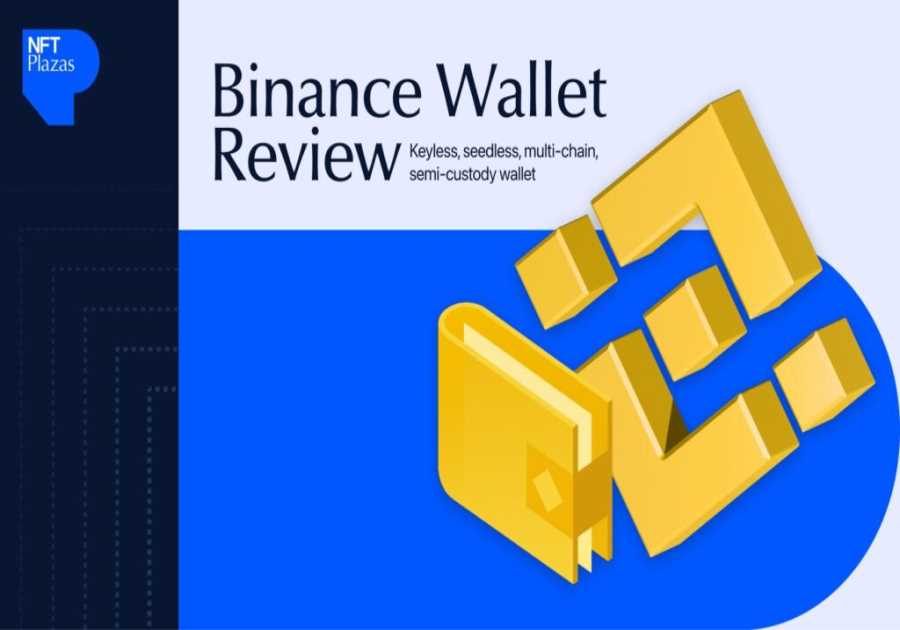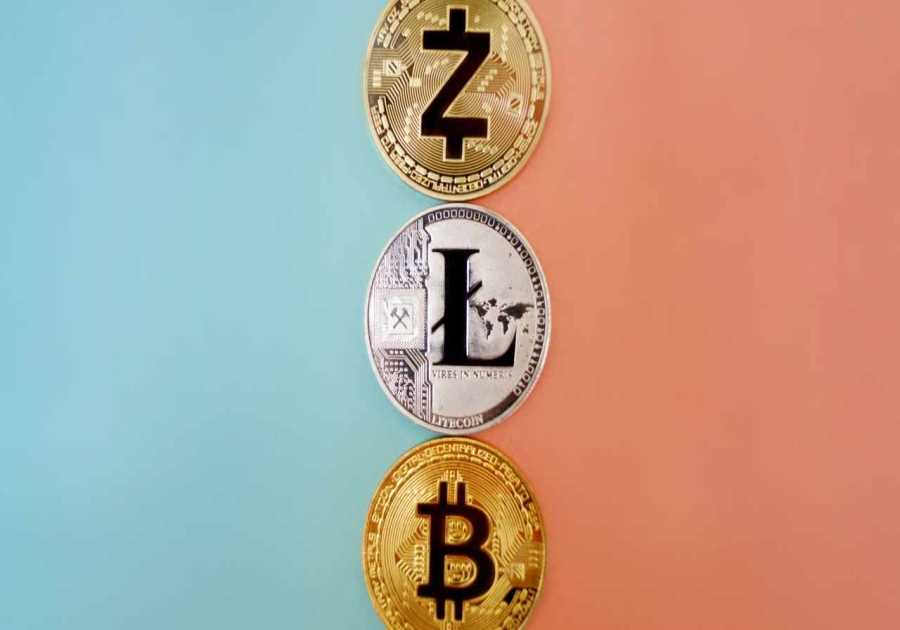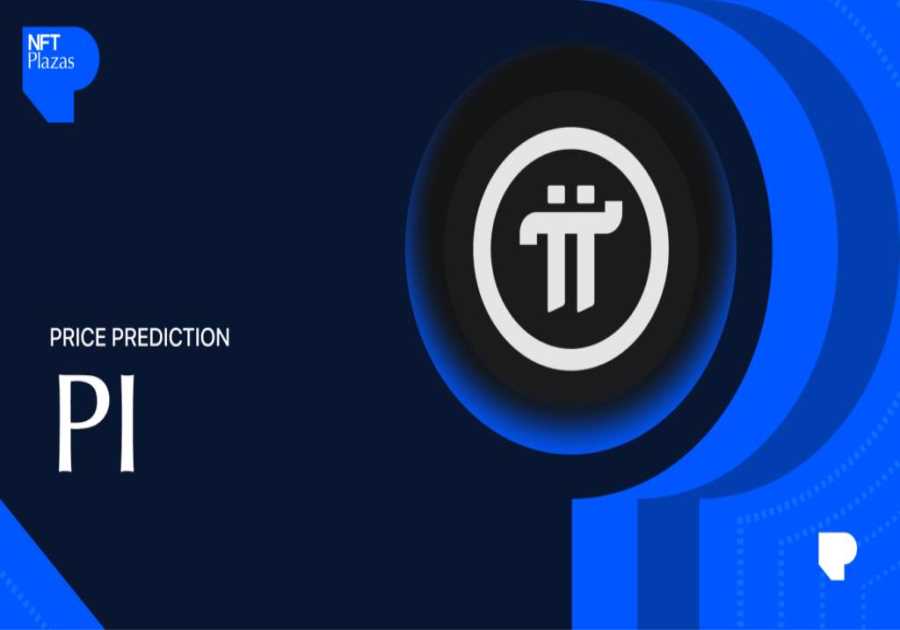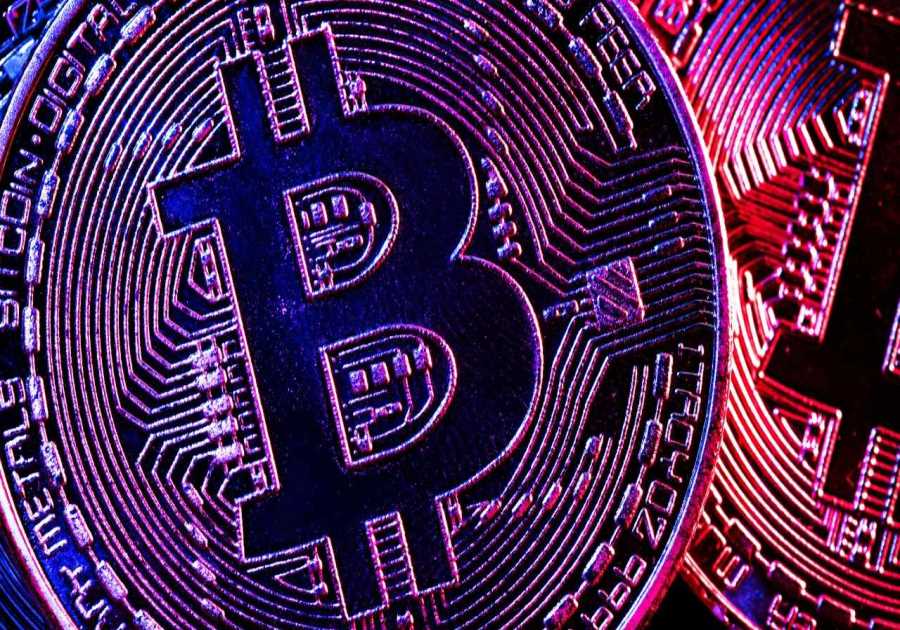Introduction: A Market on the Brink of Transformation
In September 2025, CoinGecko announced that decentralized exchanges (DEXs) had passed a cumulative trading volume of more than 2.5 trillion in 2025, which is the highest cumulative trading volume ever on non-custodial trading platforms. At the same time, Glassnode statistics indicated that an excess of 18 percent of the Ethereum supply is currently staked as governance or DeFi protocols, highlighting a strong trend toward centralized finance (CeFi) giving way to user-sovereign ecosystems.
This rise of decentralized autonomous exchanges (DAEs) and governance-driven platforms is not just a trend—it’s the next logical step in the crypto industry’s evolution. While the first generation of DEXs proved that on-chain trading was possible, the new wave of DAEs aims to prove that on-chain governance and ownership models can outcompete traditional custodial structures.
The question isn’t whether decentralized governance will matter—it’s how soon it will become the dominant paradigm for the global crypto exchange landscape.
Why Governance Matters for the Future of Exchanges
Governance is the backbone of trustless financial ecosystems. Decentralized autonomous exchanges, unlike centralized ones, where executives and regulators set policies, have rules programmed into smart contracts and modified by community consensus.
Messari points out that the rates of governance token participation have increased 40% annually, especially in protocols like Uniswap and Aave. This shows increased user activity and desire to influence the future of financial protocols.
Governance models ensure that:
- You will get a great transparent experience so that all proposals, votes, and results are verifiable on-chain.
- Also, now the token holders are going to decide on trading fees, liquidity incentives, and protocol upgrades.
- Decentralization puts in place a reduced exposure to censorship, capricious regulation enforcement, or executive vice.
Nevertheless, centralized models are associated with threats: custodial control, dependency of regulation, and a single point of failure.
Decentralized Autonomous Exchanges (DAEs): What Sets Them Apart
While DEXs like Uniswap and Curve have already popularized automated market makers (AMMs), DAEs take the idea a step further. They are not only decentralized in execution but also autonomous in operation. This means:
- Enforcement of rules by fully automated, immutable smart contracts.
- Ecosystems that are self-sufficient on fees of the transactions and treasury allocations.
- The integrated governance in which the users determine the upgrades, revenue distribution, and partnerships.
Chainalysis estimates that DAEs comprise about 38% of all of the transaction volume in DeFi in 2025, indicating an increase in confidence in platforms that do not rely on the participation of centralized intermediaries.
It is a change in which the users are trading on platforms that they are also co-owners of, rather than trading on platforms owned by corporations
Market Trends: Hybrid Governance and Layer-2 Integration
The combination of the layer-2 scaling solution and the decentralized exchange is one of the most thrilling trends. DAEs have enabled governance-based trading to be accessible to retail investors through Ethereum rollups, such as Arbitrum and zkSync, which have enabled a reduction of gas fees by more than 90 percent.
According to the data released by CoinGecko, over the first half of 2025 alone, the trading volumes on the layer-2 DEXs have increased by 65% which can be attributed to the savings in costs as well as the improved user experience.
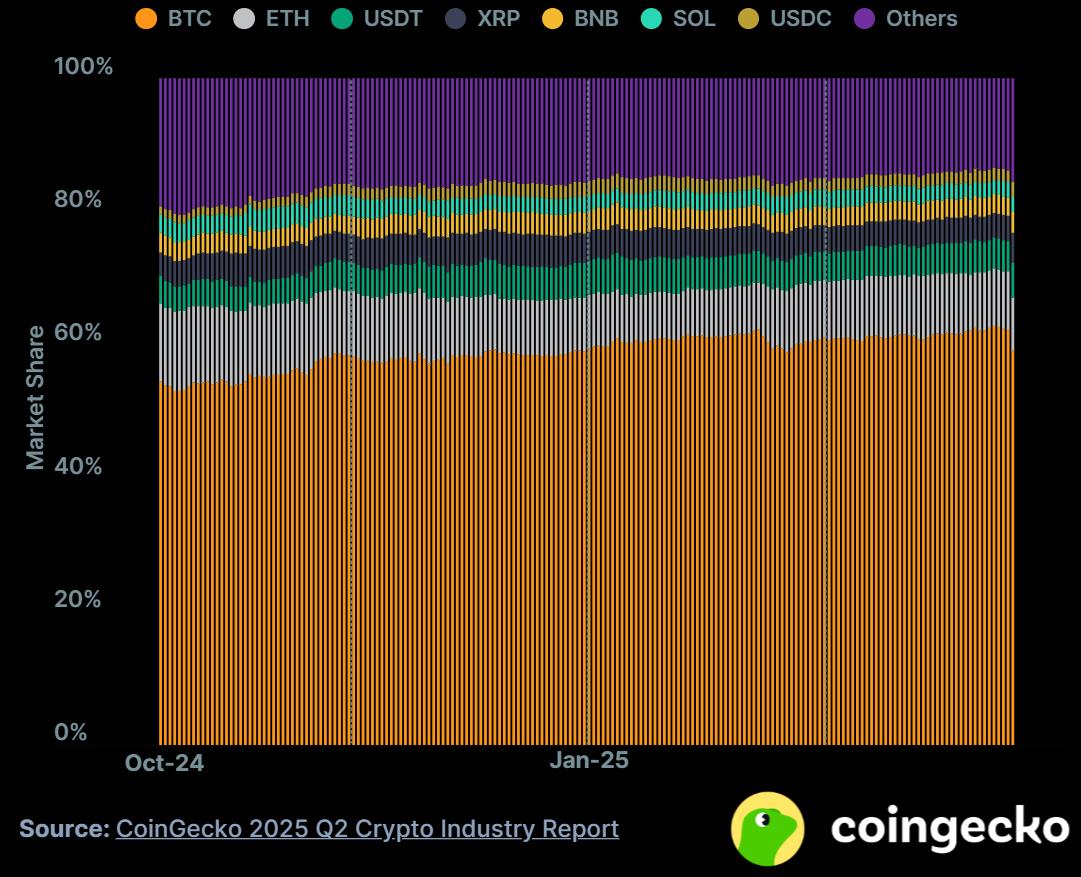
Hybrid governance models are also emerging, where DAEs combine algorithmic decision-making with human-driven voting. For instance:
- Snapshot voting tools allow token holders to propose upgrades without immediate on-chain execution, lowering costs.
- Decisions are becoming democratic with reduced whale dominance through quadratic voting systems.
Such a combination is a practical compromise between efficiency and equity.
The Role of the Traditional Crypto Exchange
While decentralized platforms are rising, centralized platforms still dominate trading volume, especially for institutional investors. A crypto exchange like Coinbase or Binance offers:
- Liquidity depth unmatched by most DEXs.
- Regulatory compliance that enables institutional participation.
- It will also provide a user-friendly experience.
Since the industry is now a mature industry, governance is no longer an additional technical aspect, but it is a competitive advantage.
The industry’s future is not a zero-sum battle. Instead, we are seeing integration. Major centralized exchanges are experimenting with DAO governance features, while DAEs are adopting compliance frameworks to attract bigger capital inflows.
This convergence suggests that the term “crypto exchange” will increasingly refer to platforms that blur the line between centralized control and decentralized autonomy.
Governance Models: DAOs, Treasuries, and Voting Systems
1. DAO-Led Exchanges
Many DAEs are structured as Decentralized Autonomous Organizations (DAOs). Token holders vote on protocol upgrades, fee structures, and liquidity mining programs. For example, Uniswap’s governance treasury holds billions in funds that can be allocated by community decision.
2. Treasury Management
Treasuries are becoming strategic war chests. Aave, for instance, uses governance-controlled treasuries to fund ecosystem development, liquidity incentives, and grants. Messari reports that governance treasuries across DeFi now exceed $20 billion in assets under management, rivaling traditional venture funds.
3. Voting Mechanisms
- Token-weighted voting: Classic model, but prone to whale influence.
- Quadratic voting: Reduces the influence of large holders, rewarding distributed participation.
- Delegated governance: Experts or community leaders are delegated votes to improve decision quality.
The success of governance models will determine which DAEs thrive in the long run.
Challenges of DAEs and Governance Models
Despite their promise, DAEs face hurdles:
- Low turnout rates: Glassnode reports that in most governance systems, less than 12 per cent of all token holders participate in voting.
- Regulatory uncertainty: Governments can consider the governance tokens to be securities and it poses compliance difficulties.
- Smart contract vulnerabilities: Fallacies will continue to be a significant threat, as Chainalysis estimates that over $1.2 billion of money was stolen by DeFi exploits in 2024 alone.
These problems will result in a continued lack of institutional-grade DAEs.
The Road Ahead: A Vision for 2030
In the future, DAEs and exchanges involving governance are likely to become some of the main pillars of the crypto economy. By 2030, we can expect:
- DAEs of institutional quality: Completely compliant, audited, and regulated decentralized systems.
- Cross-chain governance models: Allowing DAEs to span Ethereum, Solana, and beyond.
- User-owned infrastructure: Where communities—not corporations—capture the lion’s share of exchange profits.
Just as Bitcoin redefined money, DAEs may redefine how exchanges themselves are owned and operated.
Conclusion: Governance as the New Competitive Edge
You know what? The future of exchanges is real-time rewritten. The centralized giants are still essential, but decentralized autonomous exchanges are generating a new story, which is grounded in transparency, ownership, and community governance.
Governance has ceased to be a buzzword but a survival tactic. The platforms that enable their users to decide, vote, and allocate resources are going beyond innovating; they are reinventing the nature of being an exchange.
For investors and traders, the message is clear: the next generation of exchanges won’t just be places to trade—they will be platforms you own a piece of. And in the fast-moving crypto world, owning the rules is just as valuable as playing the game.
The post Future of Exchanges: Decentralized Autonomous Exchanges & Governance Models appeared first on NFT Evening.
Read MoreBy: Advertorial
Title: Future of Exchanges: Decentralized Autonomous Exchanges & Governance Models
Sourced From: nftevening.com/decentralized-autonomous-exchanges-governance-models/?utm_source=rss&utm_medium=rss&utm_campaign=decentralized-autonomous-exchanges-governance-models
Published Date: Mon, 20 Oct 2025 12:13:17 +0000
----------------------------
Did you miss our previous article...
https://trendingincrypto.com/nft-news/mexc-vs-okx-2025-which-crypto-exchange-is-best-for-trading
.png)


